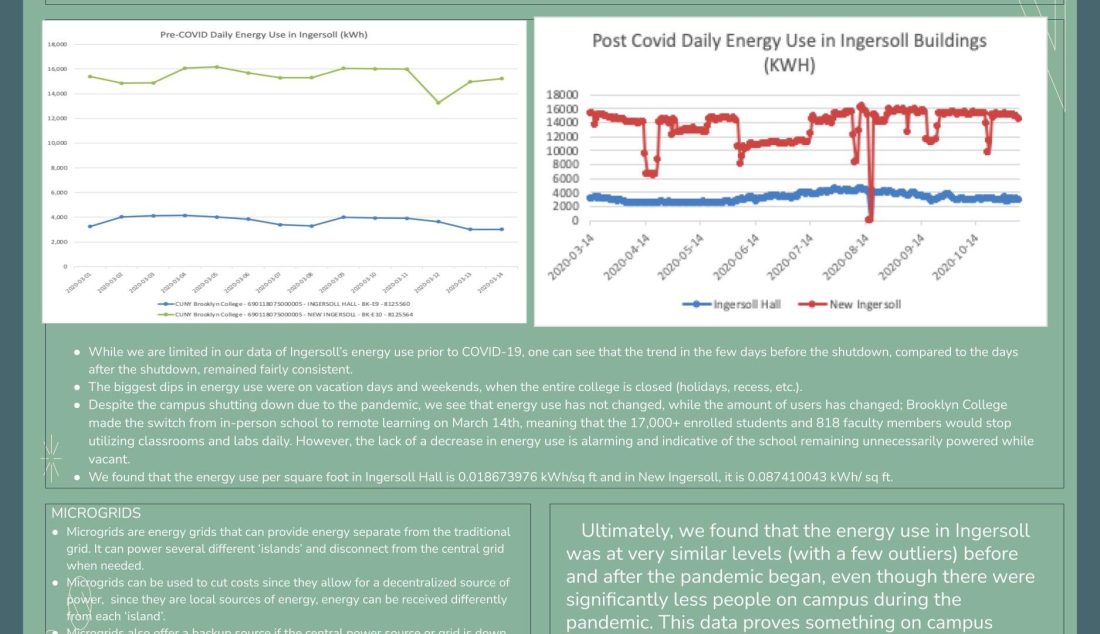My July 12th blog summarized why laboratory training has been found to be essential in teaching STEM (except for Mathematics) and for that reason, why teaching science is more expensive than teaching other disciplines. I based my arguments there on an 1886 Harvard report that is as valid today as it was then. A more detailed argument was published somewhat more recently (in 1990):
Shulman and Tamir, in the Second Handbook of Research on Teaching (Travers, ed., 1973), listed five groups of objectives that may be achieved through the use of the laboratory in science classes:
-
skills – manipulative, inquiry, investigative, organizational, communicative
-
concepts – for example, hypothesis, theoretical model, taxonomic category
-
cognitive abilities – critical thinking, problem solving, application, analysis, synthesis
-
understanding the nature of science – scientific enterprise, scientists and how they work, existence of a multiplicity of scientific methods, interrelationships between science and technology and among the various disciplines of science
-
attitudes – for example, curiosity, interest, risk taking, objectivity, precision,confidence, perseverance, satisfaction, responsibility, consensus, collaboration, and liking science (1973, p.1119).
What this list is missing is that—in most cases—laboratory experience is also an early opportunity for students to practice working in teams. I described this in a previous blog (December 19, 2017), where I covered my own experience in team-based learning (TBL) within exclusively lecture-based teaching settings. Because of the expense associated with laboratories, in most schools, the number of available experimental setups is smaller than the number of students that take the class. Therefore, teamwork has necessarily become the norm. Often, this translates to reports that include both individually and collectively gathered data.
Other schools and academic institutions generate equivalent laboratory experiences for their students. Schools of Education use real classroom environments to ensure that students don’t only learn “about” teaching but also practice it in various settings, with plenty of opportunities to learn on the job (from both their students and their teachers). Likewise, Art schools have plenty of opportunities for students to learn through doing, both collectively and individually.
This leaves Humanities and Social Studies. Recently, with the advance in computation as one of the main tools that social scientists use, and the advance in data analysis, laboratories have also started to spring up in Social Sciences in various forms.
Columbia University is one example:
The Columbia Experimental Laboratory for the Social Sciences (CELSS) has opened at Columbia. CELSS resides on the 5th floor of the International Affairs Building and is an interdisciplinary venue for researchers in Economics, Political Science, Sociology, SIPA and the Business School. It has 24 computers for participants and one computer for the experimenter. The goal is to enable students and faculty to run laboratory experiments in a controlled setting.
Cornell University can serve as an example of an institution that offers “laboratories,” for a long list of topics. They are especially known for introducing labs as a method or opportunity to study real issues that are likely to confront graduates once they enter the job market.
The Social Sciences that are probably ahead of most in this context are Business and Economics. The Bloomberg Terminals that I discussed in some earlier blogs (see March 5, 2019) are a useful tool that has become available to many institutions. They often serve the purpose of allowing students to learn through direct work on real problems.
Now we are being offered new opportunities that are not based on perceived future needs but instead, represent campus-mandated societal and institutional transitions in various areas. I have experimented with my students, investigating various examples, and written about them in previous blogs, including campus decarbonization (see June 18, 2019). An example of a single poster made by a group of my students is shown below (see it larger here). You can see broader examples and a collection of more posters here.

In the coming semester, I will use similar settings and ask my students to develop their own curriculum that takes advantage of the process.
I am starting now to get involved in my school’s effort to reduce the use of single-use plastics (SUP) (see April 5, 2022 blog), and I will try to explore how we can construct courses from which students can learn by participating in the efforts that their campus is pursuing.
Taking from the decarbonization example, a typical structure of the first half of such a course is targeted at the background of climate change, using TBL (team-based learning methodology). This also provides the necessary prerequisites, which are especially helpful because some of these students have never taken any Chemistry or Physics classes. After the midterm exam, we start to work on the class projects, for which the campus serves as our laboratory. The administration agreed to share with me the details of our campus energy use, including the energy use of individual buildings. I don’t share all of this data with my students. We discuss what information the students need to carry out their individual projects and I transfer that specific data to the students for further analysis.
Since the course, in which I am experimenting with these approaches, consists of honor students who come from majors in different disciplines, it allows me to experiment with interdisciplinary work, one of the greatest attractions of the Campus-as-a-Lab (CAL) project.
As I mentioned in the July 12th blog, there is a range of topics that seem to be fertile for CAL, including other projects that investigate college transitions. Other projects include investigations of the campus sewage for virus identification and finding ways to successfully run a campus with a declining student population, etc.
To be productive, all these topics must be intensively interdisciplinary and work in full cooperation with the administration of the college.
Stay tuned.
